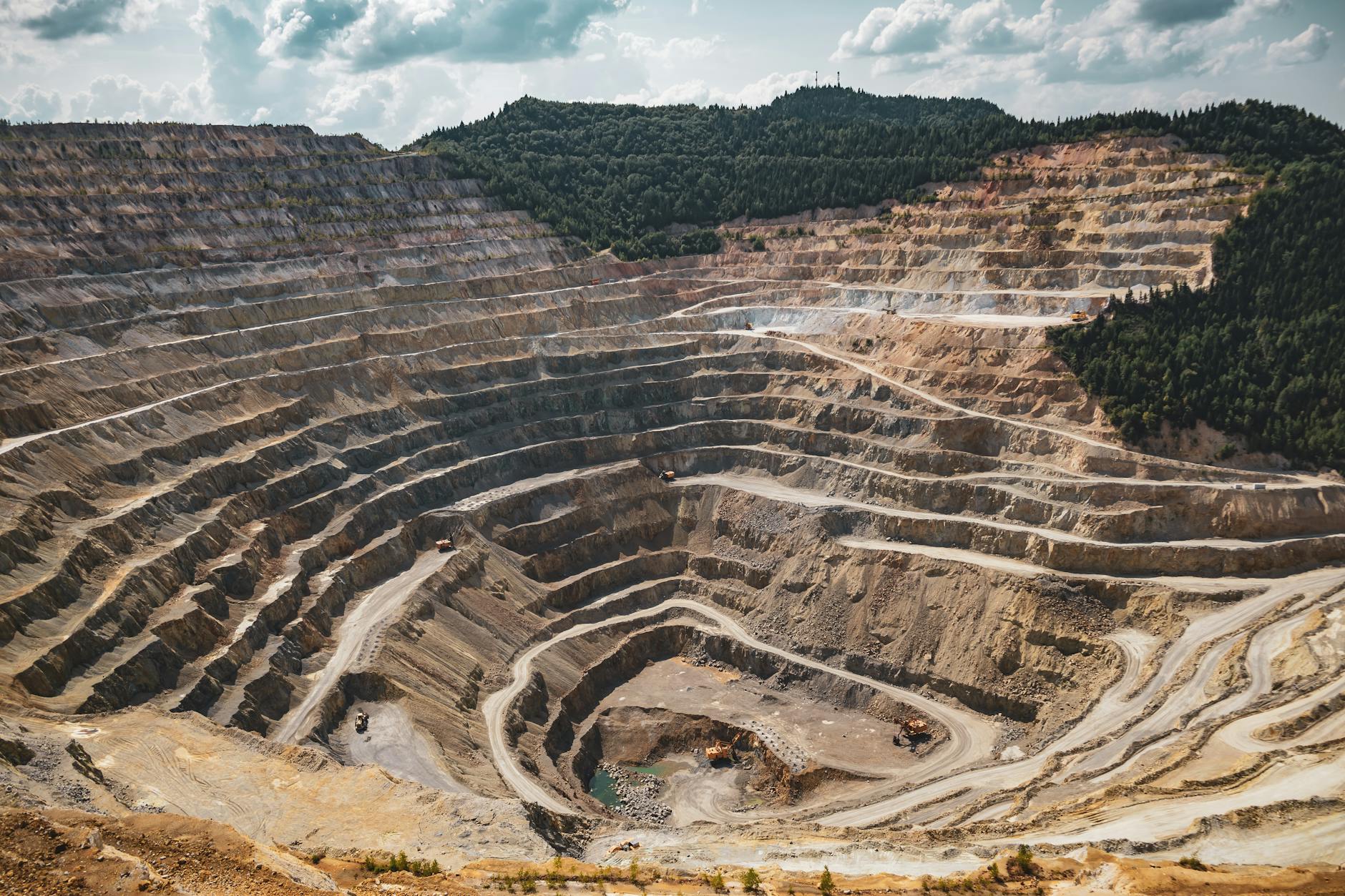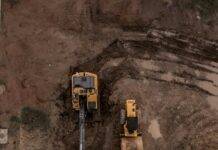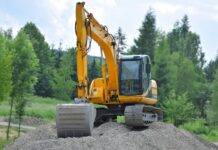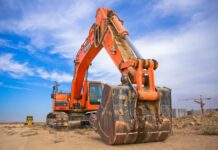
Trenching and Excavation Safety: Protective Systems and Inspections
Introduction
Trenching and excavation activities are common in construction and infrastructure projects, but they come with inherent risks that demand strict safety measures. Understanding the importance of protective systems and regular inspections is crucial for preventing accidents and ensuring the well-being of workers. This article explores the significance of trenching and excavation safety, focusing on protective systems and the importance of inspections.
The Significance of Trenching and Excavation Safety
- Risk of Cave-Ins
- Unstable Soil Conditions: Trenches are at risk of collapsing due to unstable soil conditions, posing a significant threat to workers.
- Sudden Incidents: Cave-ins can occur suddenly and without warning, leading to injuries or fatalities.
- Prevention of Accidents
- Protective Systems: Implementing proper protective systems is essential for preventing accidents in trenches and excavations.
- Adherence to Regulations: Following safety regulations and guidelines ensures a safe working environment.
- Worker Well-being
- Health and Safety: Prioritizing trenching and excavation safety contributes to the overall health and safety of workers.
- Reduced Incidence of Injuries: Proper safety measures significantly reduce the incidence of injuries and fatalities related to trenching and excavation work.
- Legal Compliance
- OSHA Requirements: Occupational Safety and Health Administration (OSHA) mandates specific safety standards for trenching and excavation activities.
- Avoiding Penalties: Adhering to safety regulations not only protects workers but also avoids legal penalties and fines.
Protective Systems for Trenching and Excavation
- Sloping and Benching
- Gradual Sloping: Trench walls should be sloped away from the excavation site at an angle appropriate for the soil type.
- Benching Technique: Creating horizontal steps or benches in the trench walls provides stability.
- Shoring Systems
- Supporting Trench Walls: Shoring involves installing supports or shields to prevent soil movement and cave-ins.
- Types of Shoring: Hydraulic shoring, pneumatic shoring, and timber shoring are common methods.
- Shield Systems
- Full-Sized Shields: Employing shields or trench boxes that cover the entire trench length provides comprehensive protection.
- Regular Inspection: Shields should undergo regular inspections for any signs of damage or wear.
- Trench Boxes and Shields
- Designed for Depth: Trench boxes and shields should be designed to withstand the depth and soil conditions of the excavation.
- Installation by Professionals: Ensure proper installation by trained professionals to guarantee effectiveness.
- Use of Protective Equipment
- Personal Protective Gear: Workers should wear appropriate gear, including helmets, steel-toed boots, and high-visibility clothing.
- Respiratory Protection: In environments with potential atmospheric hazards, respiratory protection is crucial.
Importance of Regular Inspections
- Identifying Potential Hazards
- Soil Stability: Regular inspections assess soil stability and identify any changes that may affect trench safety.
- Checking Protective Systems: Inspections ensure that shoring, shielding, and other protective systems are in place and functioning correctly.
- Equipment Condition
- Trench Boxes and Shields: Regular checks on the condition of trench boxes and shields help identify any damage or wear.
- Safety Equipment: Inspect personal protective equipment regularly to ensure it meets safety standards.
- Compliance with Standards
- OSHA Regulations: Regular inspections help ensure compliance with OSHA regulations for trenching and excavation safety.
- Documentation: Maintain records of inspections as part of documentation for regulatory compliance.
- Worker Training and Awareness
- Training Opportunities: Inspections provide opportunities for additional training on safety measures and protocols.
- Raising Awareness: Regular inspections contribute to raising awareness among workers about the importance of safety in trenching and excavation work.
- Immediate Correction of Issues
- Prompt Action: If any issues are identified during inspections, prompt corrective action can be taken to address potential hazards.
- Preventing Accidents: Timely intervention helps prevent accidents and ensures the ongoing safety of workers.
Conclusion
Trenching and excavation safety is paramount in construction and infrastructure projects. Implementing protective systems, adhering to safety regulations, and conducting regular inspections are fundamental components of creating a secure working environment. By prioritizing safety measures, employers can safeguard the well-being of workers and maintain compliance with regulatory standards, ultimately ensuring the success of trenching and excavation projects.
Excavation Hazards and Control Measures
Excavation Safety Toolbox Talks
How To Make JSA for Excavation Activity
How to Make HIRA on Excavation?
Frequently Asked Questions (FAQs)
- Why is trenching and excavation safety important in construction?
- Trenching and excavation safety is crucial in construction to prevent accidents, protect workers from cave-ins, ensure legal compliance with OSHA regulations, and contribute to overall health and safety in the workplace.
- What are some protective systems for trenching and excavation?
- Protective systems include sloping and benching techniques, shoring systems, shield systems, trench boxes, and the use of personal protective equipment. These measures aim to prevent soil movement and cave-ins during excavation work.
- How do regular inspections contribute to trenching and excavation safety?
- Regular inspections identify potential hazards, assess the condition of protective systems and equipment, ensure compliance with safety standards, provide opportunities for worker training and awareness, and allow for the immediate correction of issues, ultimately enhancing overall safety in trenching and excavation activities.
- What are common protective measures for workers in trenching and excavation?
- Workers should wear personal protective gear, including helmets, steel-toed boots, and high-visibility clothing. Additionally, the use of respiratory protection may be necessary in environments with potential atmospheric hazards.
- Why is compliance with OSHA regulations important in trenching and excavation?
- Compliance with OSHA regulations is crucial to avoid legal penalties and fines, ensure a safe working environment, and protect workers from the risks associated with trenching and excavation activities.
























